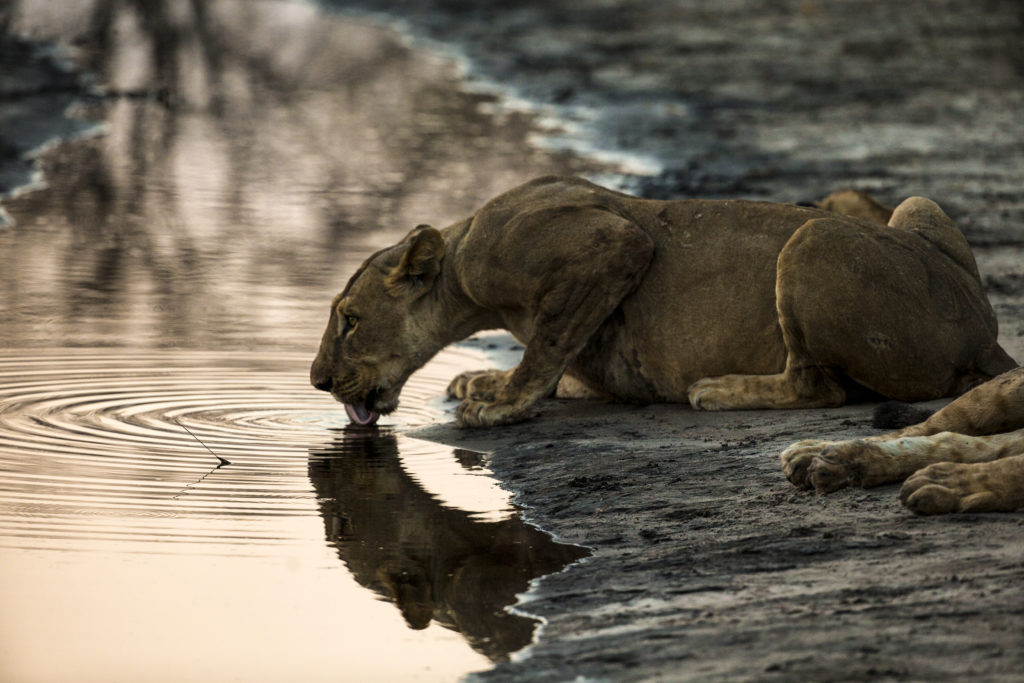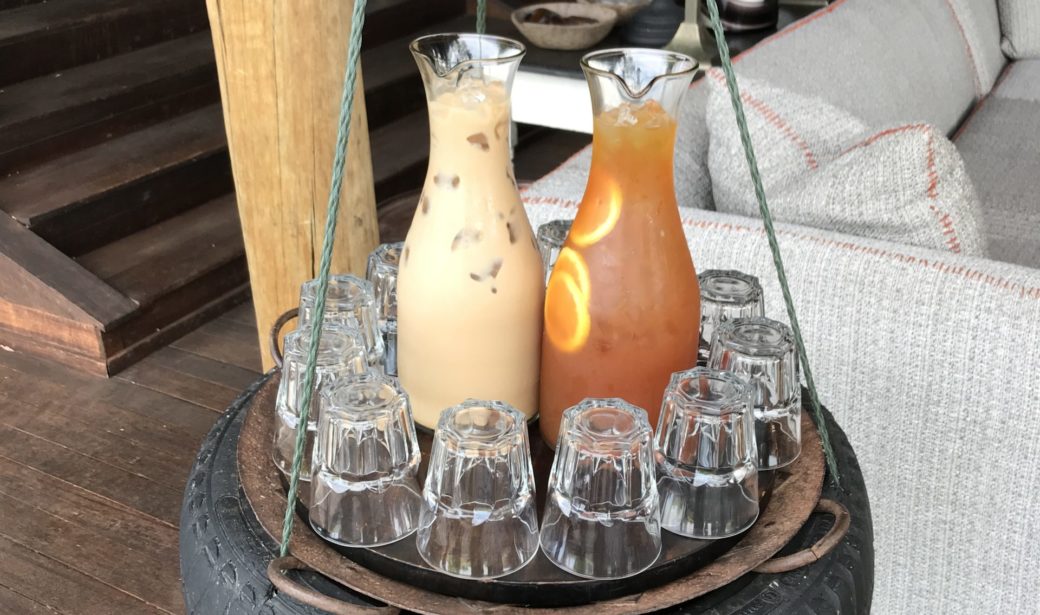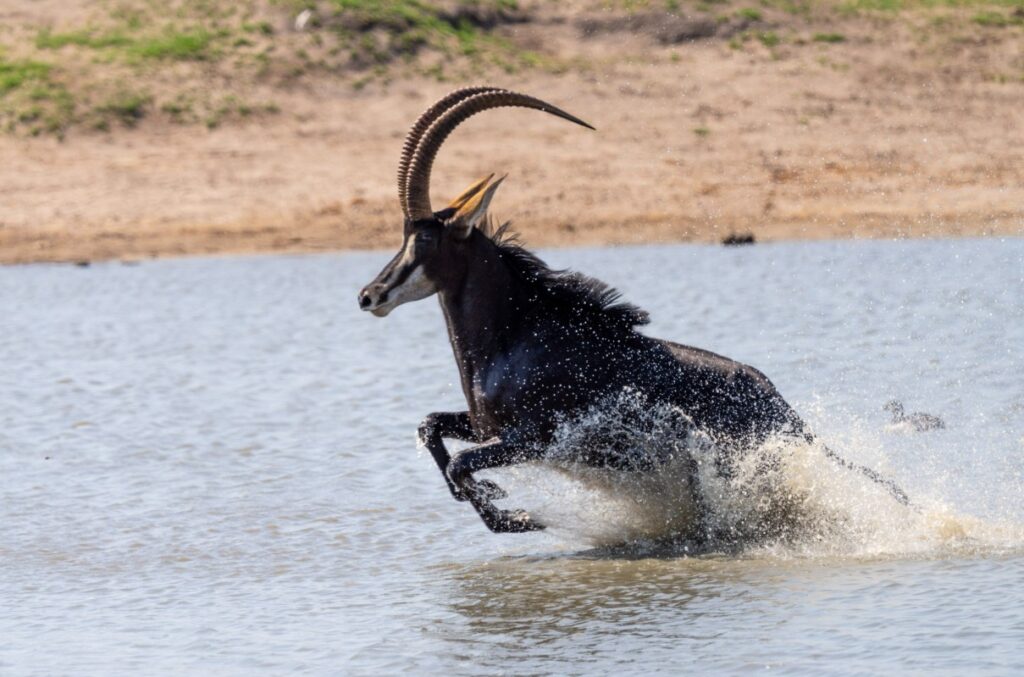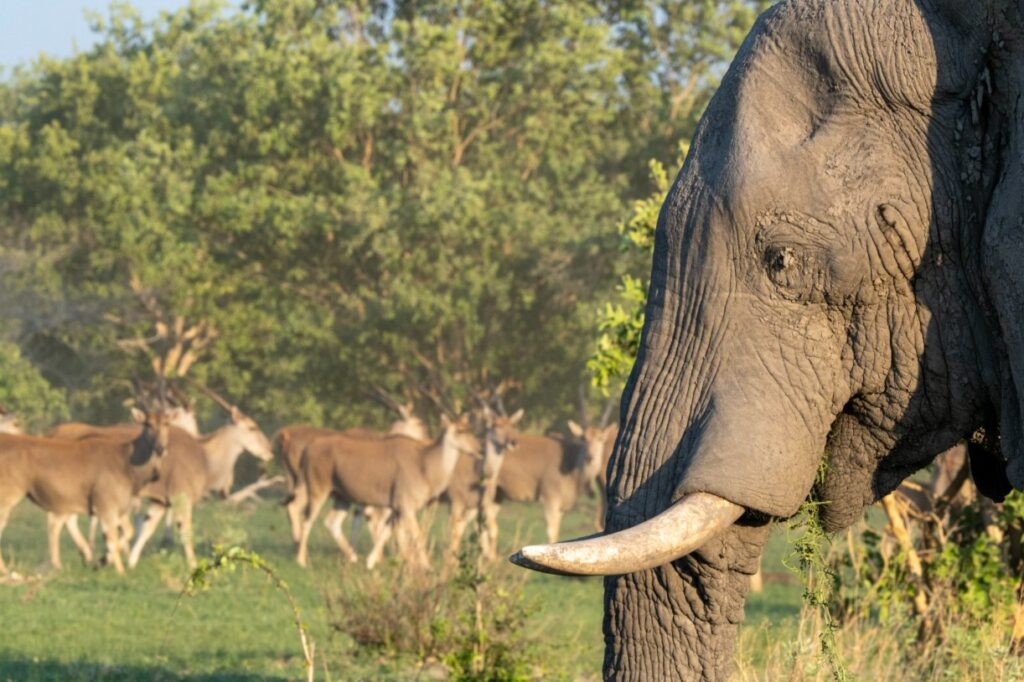
We often get asked what the biggest dangers on safari are. Many guests would think these are animals, be it large ones like hippos or small ones like spiders or snakes. The fortunate answer is that going on safari in Southern Africa is very safe, provided you listen attentively to safety briefings, exercise common sense and respect in wildlife areas you will generally be very ‘safe’. Small crawling creatures are also something rarely seen, yes there are insects around but much less than one might expect and they are not dangerous. Most safari camps have mosquito nets around the beds, the turndown service makes sure that the rooms are clear of any crawling or flying insects and most guests are surprised how easy travelling on safari actually is.
One challenge—maybe the biggest danger—that often gets overlooked is dehydration. Many travelers in camps complain about upset stomachs and blame the food, but in reality, it’s almost never the food. The hygiene standards in Southern African kitchens are extremely high. Most of the time, an upset stomach is actually dehydration, especially during the summer months (September to March) when the heat and dry air are intense.
Spending the day outdoors, in the sun and heat, means your body needs a lot more fluids than usual. It’s not just about drinking enough—it’s also about drinking the right things. The water in Botswana is reverse osmosis water, which is very pure but lacks the essential minerals needed for proper hydration.
Why does Travel Increase the Risk of Dehydration?
By the time you arrive, your body is often already dehydrated from the long flights. Hours spent in airports and on planes filled with dry air dry you out even more. You might avoid drinking enough on flights just to skip the bathroom trips. On top of that, your normal routines are disrupted, and when you finally arrive, you’re met with extremely hot, dry air.
In October and November, it can literally feel like standing in front of a hairdryer on full heat. At home, you might drink two liters of water a day, but here you need to drink more than three—and not just plain water. It’s not easy! Make sure to carry rehydration sachets and mix water with a bit of juice. It makes it much easier to keep your fluid levels balanced.
- Cheetah on the hunt
How to fight the heat and stay hydrated
-
Cover your head and neck – Wear a wide-brimmed hat or a cap with a light scarf or buff around your neck.
-
Use a recyclable water bottle – Bring a steel or aluminum bottle you can refill. Most camps provide one, but it’s handy to have your own just in case. Don’t leave it in the sun, and avoid plastic bottles because they can degrade in the heat.
-
Drink often, not just a lot at once – Sip small amounts every 10–15 minutes rather than gulping big amounts at once. This keeps you consistently hydrated. If you’re traveling with kids, make sure they’re drinking frequently, too.
-
Don’t underestimate the heat – The low humidity can make the heat feel less intense than it is. It’s easy to think you’re fine, but this is the kind of heat that can sneak up on you and cause dehydration or even heatstroke.
Watch out for early symptoms
Pay attention to your body because the early signs can be subtle:
-
Mild headache – Usually the first sign you’re dehydrated. When that happens, drink plenty of water, add a rehydration sachet if you can, or even a pinch of salt to the water.
-
Nausea – Take it seriously and let your guide know immediately so it can be dealt with before it gets worse.
The biggest secret: Always bring rehydration sachets and use one each morning as a preventative measure. They’re also a lifesaver if you feel severely dehydrated. (Of course, always follow the instructions on the packet and never exceed the recommended dose.)





